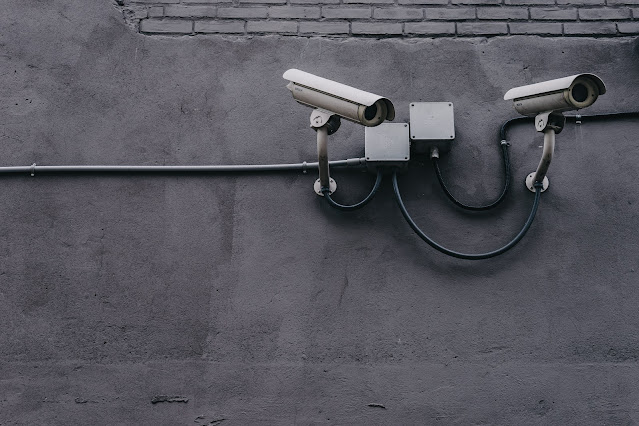The Top 5 Ways to Secure Your Data in 2023
Data security is one of the major problem faced by many organizations nowadays. Here are some tips used to secure data
- Secure Service Edge (SSE)
This technology secures access to the web, cloud services, and private apps. SSE creates a single platform solution that combines both network and security architecture to prevent data loss in the cloud.
- Data Risk Management (DRM)
Also known as Information Governance (IG) or Data Security Governance (DSG), DRM is a comprehensive strategy built to protect your data across multiple digital estates. Again, a product of its time as we are straddling hybrid and cloud, in-office and remote, virtual storage and physical servers, and more.
- Insider Risk Management (IRM)
- Integrated Next-Generation DLP capabilities
- Data Detection and Response (DDR)
This is the newest kid on the block, and deserving of at least an honest amount of consideration. You already know about “detection and response”, or the –DR denominator at the end of so many solutions today (EDR, NDR, XDR, so on).
Now, Data Detection and Response has shifted next-generation data loss prevention strategies into that category, and carried it a step further. The notable difference? Data lineage. That means every piece of data is tracked, monitored, and traced back to its roots. If an employee copies a piece of source code and slips it into Slack? Caught. If an all-hands meeting gets leaked on the web (pre-launch trade secrets and all)? Caught. These are nebulous, non-linear forms of data leakage that were previously hard to detect because the industry was protecting the bucket, not the data. Now that the buckets have become so convoluted (a la the cloud, remote environments, so many online platforms, messaging apps, tons of email, virtual storage spaces, etc.) a data tracking system was needed. And that’s why DDR crowns this list.




Comments
Post a Comment